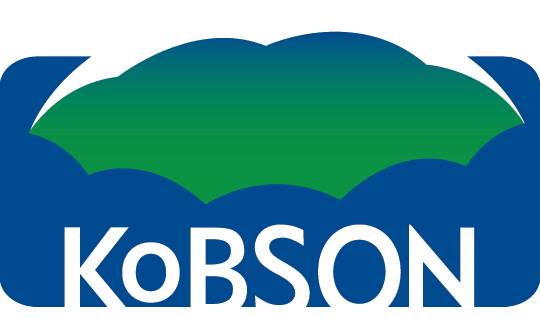DOI: 10.5937/jaes18-26306
This is an open access article distributed under the CC BY-NC-ND 4.0 terms and conditions.

Volume 18 article 685 pages: 257 - 261
The multivariance of problem-solving techniques of organizing real estate management in the investment and con- multivariance
struction complex at the territorial level objectively leads to the need to develop a model designed for the rational
resolution of “tension nodes”. Such a model can be the methods and tools of designing management technology, or
rather one of its areas - technology for solving situational management problems. The article deals with the methodological problems of real estate management technology from the perspective of situational planning; it provides an
analysis of the basic principles for the development of technological solutions to management problems and it gives
the authoring details.
1. Viktorovich, B. V., Vladimirovna, B. N., &Yurievna, A. I. [2019]. Analysis of the development process of the territorial productive and technological potential of the region's construction organizations. Journal of Applied Engineering Science, 17(3), 395-399.
2. Bredikhin V.V. [2012]. Analysis of existing methods for solving the problem of reproduction of residential real estate objects. Kursk. p.112.
3. Bredikhin V.V., Shleenko A.V., Bredikhina N.V. [2016]. Development of production and technical potential of the region's construction industry. Kursk. p.114.
4. Kamenskikh, N.A. [2018]. Regional management and territorial planning: strategic partnership in the system of regional development. Moscow. p. 407.
5. Schedler A. Mapping contingency. In: I. Shapiro, S. Bedi (Eds.). [2007]. Political contingency: studying the unexpected, the accidental, and the unforeseen, New York, p. 56
6. Webb G., Chevreau F. [2006]. Planning to improvise: the importance of creativity and flexibility in crisis response. International Journal of Emergency Management, vol. 3, 1. p. 68.
7. Zub A.T. [2017]. Situational planning as a tool for crisis management. Economy and management of national economy 6(151), 25-29.
8. Merkulova, YU. V. [2015]. Situational and strategic planning in the economy. Simulation of optimal strategies and programmes. Moscow, p.464.
9. Bredikhin V.V. [2016]. Strategy for the development of residential real estate in the region. Region: systems, economics, management, 3(34), 51-57.
10. Bredikhin V.V. [2013]. Methodology for the formation and development of the total production and technical potential of the city and region. Kursk, p.122.
11. Vladimirovna-Bredikhina, N. [2017]. Basic principles of production-and-technical potential capacity formation in the construction industry of a region. Journal of Applied Engineering Science, 15(4), 495-497.
12. Sergeevich, Y. V., Evgenievna, S. N., Gennadievna, P. E., Vladimirovna, B. N., & Emmanuel, S. [2019]. To the question of improving energy-saving and environmental characteristics of urban buildings. Journal of Applied Engineering Science, 17(4), 550-554.
13. Vladimir Ezhov, Natalya Semicheva, Valeria Kretova, Vasily Amelin. [2015]. Enhancement of Reliability and Efficiency of Heat Recovery of Off Gases and Ventilation Discharge. Procedia Engineering 117, 94-101.
14. N.V. Bakaeva, A.V.Shleenko, S.N. Volkova, E.E. Sivak, M.I. Pshkova. [2017]. Nonlinear interaction and their modeling in socio-ecological systems. Izvestiya Vysshikh Uchebnykh Zavedenii. Seriya Teknologiya Tekstilno i Promyshlennosti, 1(367), 24-29.







